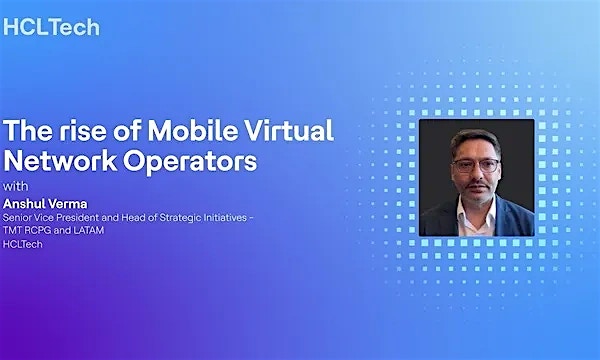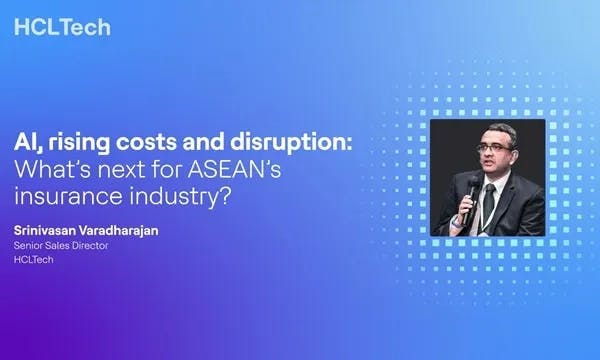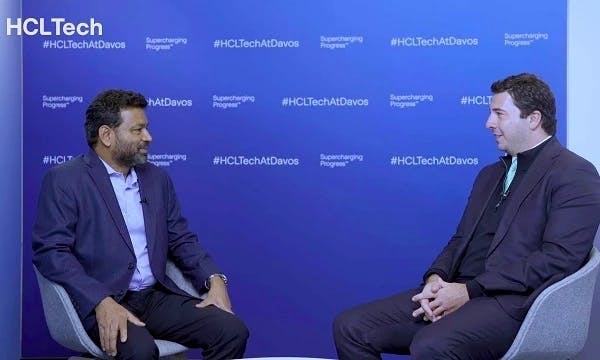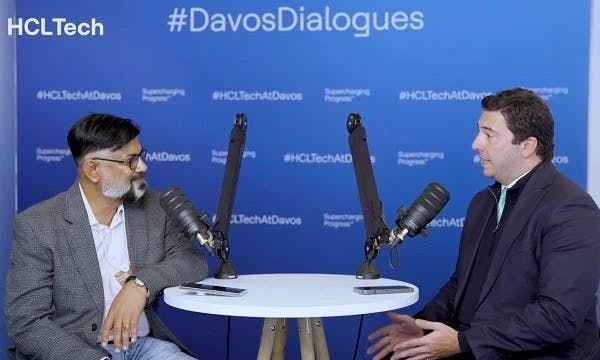Video
Section CTA

Playing now
Total Experience: A necessary strategy or just another buzzword?
Gaurav Bhatia, CMO of PenFed Credit Union, speaks with Mousume Roy, highlighting the role of Total Experience in enhancing organizational resilience

Anshul Verma, SVP and Head of Strategic Initiatives at HCLTech, reveals how Mobile Virtual Network Operators will reshape telecom markets worldwide, with Brazil as a key player

Playing now
Strengthening the digital spine: How telcos can thrive through network transformation
Gurpreet Singh Kohli, SVP, Telco & Enterprise Networks at HCLTech, discusses how telcos can drive growth by modernizing their digital spine with agile tech, innovation and strategic partnerships

Heather Domin, Head of Responsible AI at HCLTech, joins Nick Ismail on the HCLTech Trends and Insights podcast to discuss why Responsible AI is now viewed as a competitive advantage and how organizations can best implement more ethical standards

Srinivasan Varadharajan, Senior Sales Director at HCLTech, discusses how AI, rising medical costs and regulatory changes are driving strategic transformation in ASEAN’s insurance industry

Alan Flower, EVP and Head of AI & Cloud Native Labs at HCLTech, discusses the transformative impact of Agentic AI on customer experience, network management and operations at MWC
Podcast
Section CTA

0:00
progress
00:00
Subscribe to the HCLTech Newsletter
for our latest news and insights






























